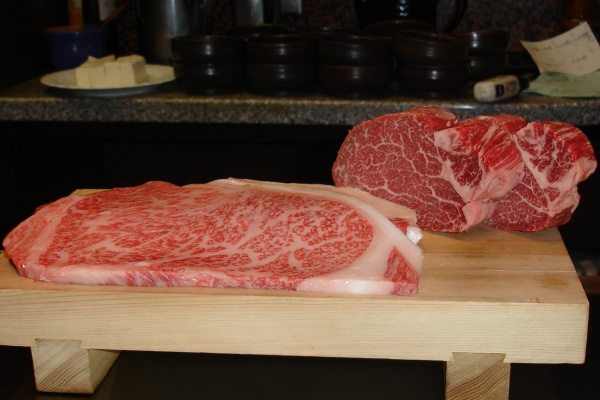Facts About Kobe beef
Kobe beef is a distinguished variety of Wagyu beef, originating from the Tajima strain of Japanese Black cattle. These cattle are meticulously raised in Japan's Hyōgo Prefecture, adhering to rigorous standards established by the Kobe Beef Marketing and Distribution Promotion Association. Revered for its exceptional flavor, tenderness, and intricate marbling, Kobe beef is a true delicacy. It can be savored in various exquisite forms such as steak, sukiyaki, shabu-shabu, sashimi, and teppanyaki. Kobe beef ranks among the top three premium beef brands, alongside Matsusaka beef and Ōmi or Yonezawa beef.
The history of Kobe beef dates back to the introduction of cattle to Japan from China during the Yayoi period. Initially utilized as draft animals, these cattle were later crossbred with foreign breeds, resulting in the Wagyu strains. Among these, the Tajima strain emerged as the most renowned. Beef consumption in Japan remained minimal until after World War II, with Kobe beef gaining international recognition in the 1980s and 1990s.
In 1983, the Kobe Beef Marketing and Distribution Promotion Association was established to safeguard and promote the Kobe beef brand. They instituted stringent criteria for beef to be designated as Kobe beef, encompassing breed specifications, feeding practices, processing methods, marbling ratios, meat quality scores, and carcass weight. This meticulous process, coupled with limited availability, accounts for the high cost of Kobe beef.
Originally, Kobe beef was not exported, but this changed in 2012. Now, it is available in markets such as Macau, Hong Kong, the United States, Singapore, Thailand, the United Kingdom, and Canada. However, in some of these locations, cattle imported from Japan are bred and the resulting meat is marketed as "Kobe-style beef." This version does not meet the stringent standards of authentic Kobe beef, leading to variations in taste and quality that often cater more to Western palates.
